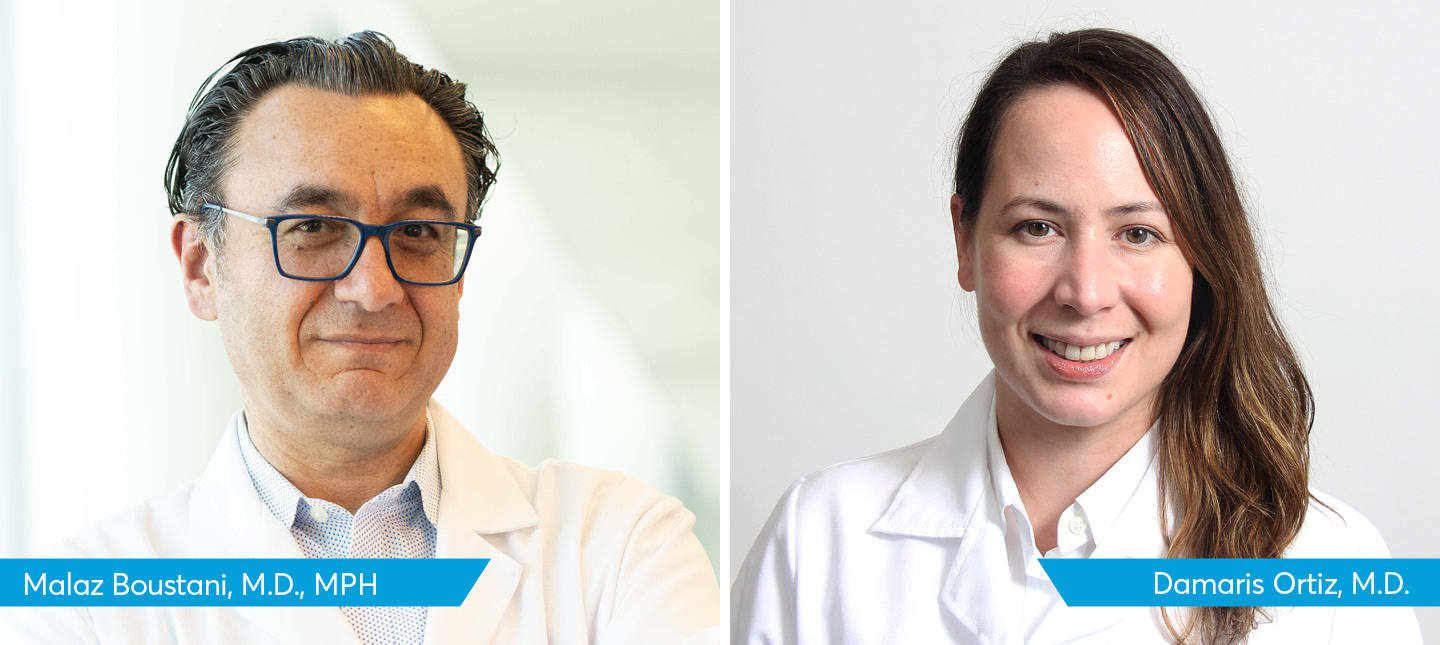Chris Harle, PhD, M.S., discusses testing the portability to other regional health systems of a natural language processing model developed in Indiana to extract data about patients’ social determinants of health from electronic health records.
Transcript:
These models that we’re using, that were first shown to work in Indiana at Regenstrief, they basically just search through all the texts that a physician or a nurse has written, and they’re looking for key words or key phrases that are likely to mean a patient has a challenge with housing or a challenge with financial needs. And so in this work, we asked, “Can we take that set of rules, that set of searches, and drop it into another institution where the doctors and the nurses may write a little differently, where the patients may have somewhat different needs, where there are just local nuances, and adapt it so that it is just as accurate?” So that was really what we aimed to do and what we accomplished doing.
Dr. Harle explains the importance of feeding data to clinicians to help them treat the whole patient and allow for more human conversations without distractions.
Transcript:
If we can help reduce the amount of time that clinicians spend doctoring the computer, then that’s a win for the burden that our clinicians are experiencing today. It’s a win for the patient if their clinician can spend more time using the data, applying the data to the treatment decision, to having a conversation with the patient about their values, their preferences, if they’re undergoing an important decision about which care pathway to take — one versus the other. If the clinician comes to that conversation with all the data, then they can have a more human conversation, as opposed to being distracted by searching for information that they cannot find.
Dr. Harle expounds on the possible benefits for entire healthcare systems when tools like this NLP model are used for social risk stratification.
Transcript:
As far as healthcare systems go, the benefit there is much like the benefit to clinicians. If we can extract social information more efficiently, it’s less costly and then we can start to take what we’d call a population health perspective.
So if we can, as a health system, identify our patients who have housing instability, then we may be able to do more proactive outreach, more proactive population- based interventions helping to serve that whole group of people. So healthcare systems can benefit from this sort of risk stratification approach — identify upfront who are their patients who have these needs and then link them up to services.









